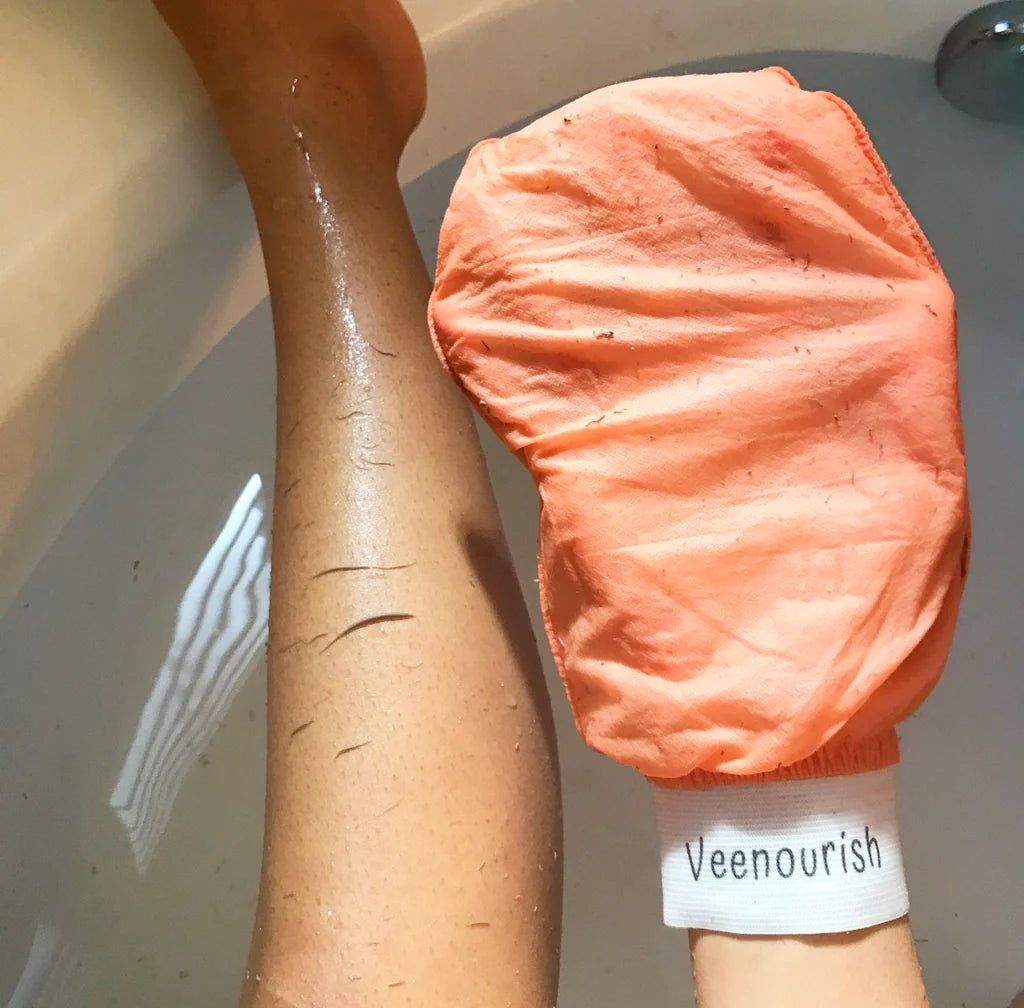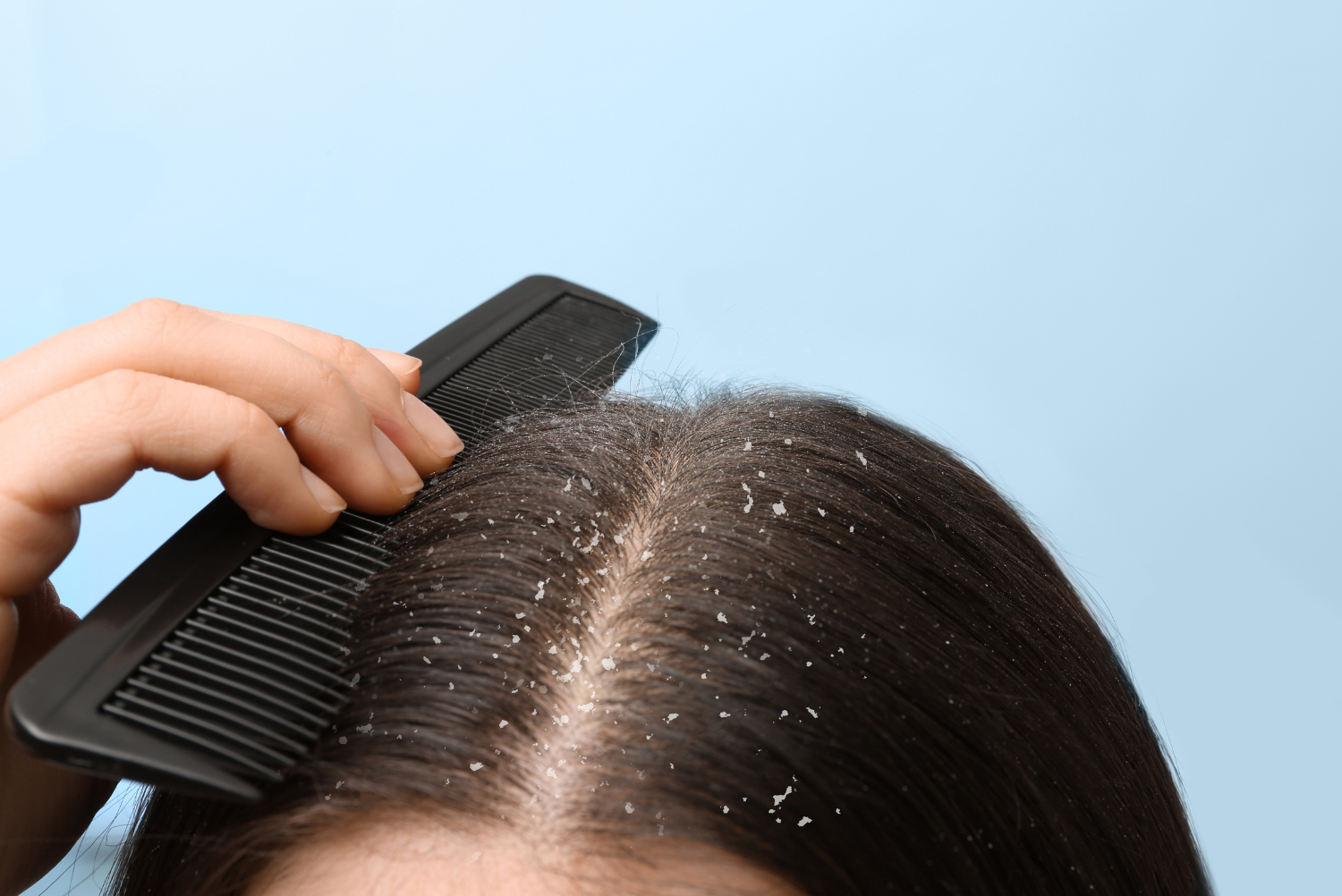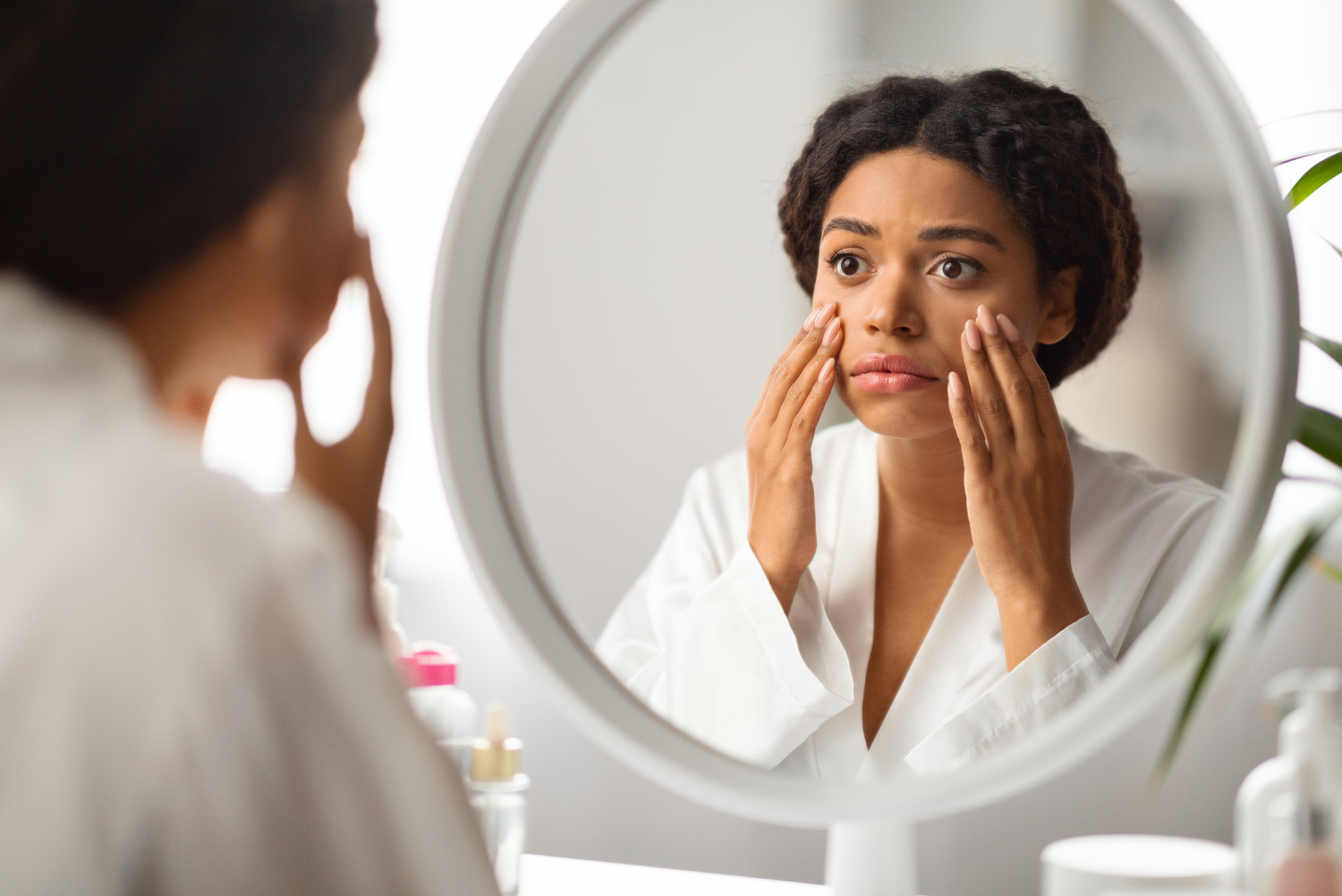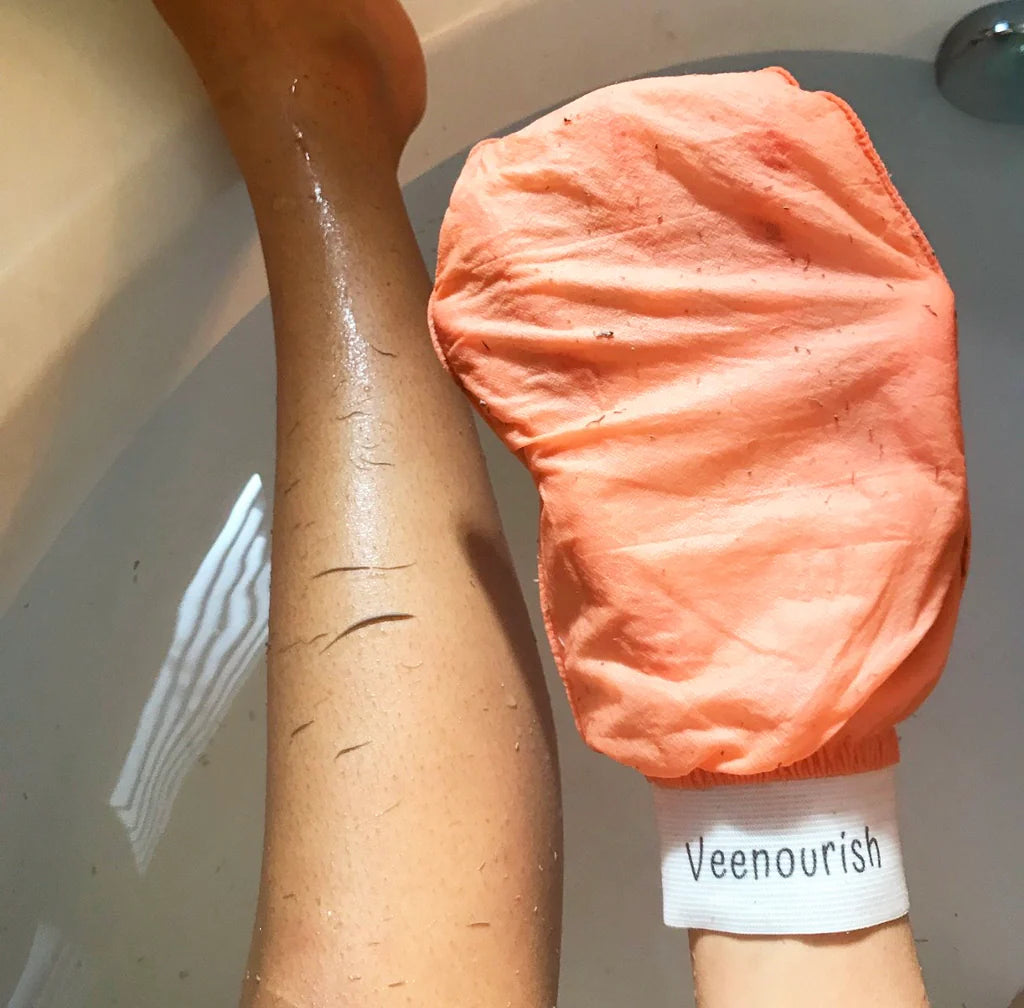
Exfoliating your skin is an essential step in any skincare routine, by removing dead skin cells, you can unclog pores, prevent breakouts, and reveal smoother, more even-toned skin. But with so many options available, it can be overwhelming to know where to start.
In this comprehensive guide, we'll delve deeper into the world of exfoliation, the different types of exfoliation, why it's important to exfoliate and we'll talk about the best products to help you achieve your glowing skin.
How Exfoliation Works
Exfoliation is the process of sloughing off dead skin cells from the surface of the skin. This natural shedding process can become sluggish over time, leading to a buildup of dead cells that can clog pores and make the skin appear dull. By exfoliating regularly, you can stimulate cell turnover and reveal fresher, healthier skin underneath.
Why Exfoliation Is Important
Regular exfoliation is essential for maintaining healthy, radiant skin. As we age, our skin's natural exfoliation process slows down, leading to a buildup of dead skin cells that can clog pores and dull the complexion. By incorporating exfoliation into your skincare routine, you can help stimulate cell turnover, reduce the appearance of fine lines and wrinkles, and achieve a smoother, more even skin tone.
What's The Best Type of Exfoliation?
When it comes to choosing the best exfoliation method for your skin, it ultimately comes down to personal preference and skin type. Physical exfoliation involves manually scrubbing away dead skin cells using abrasive particles or tools, while chemical exfoliation utilizes acids or enzymes to dissolve dead skin cells.
Physical Exfoliation: This method involves physically scrubbing away dead skin cells using abrasive particles or tools. Common physical exfoliants include scrubs, brushes, sponges, and exfoliating gloves. While physical exfoliation can be effective, it's essential to use gentle, circular motions to avoid irritating the skin.
Chemical Exfoliation: Chemical exfoliation involves the use of acids or enzymes to dissolve dead skin cells. Alpha hydroxy acids (AHAs) and beta hydroxy acids (BHAs) are common chemical exfoliants that work by loosening the bonds between dead skin cells. This allows them to slough off more easily, revealing smoother, brighter skin underneath.
Benefits of Exfoliation
Regular exfoliation offers a multitude of benefits for your skin:
-
Unclogs pores: By removing dead skin cells and debris, exfoliation helps to prevent the buildup of oil and bacteria in the pores, reducing the risk of breakouts and blackheads.
-
Improves skin texture: Exfoliation promotes cell turnover, leading to smoother, softer skin with a more even texture.
-
Evens out skin tone: Exfoliating can help fade dark spots, hyperpigmentation, and acne scars, resulting in a more uniform complexion.
-
Enhances product absorption: By removing the outer layer of dead skin cells, exfoliation allows skincare products to penetrate more deeply into the skin, maximizing their effectiveness.
Choosing the Right Exfoliant
Physical exfoliation with an exfoliating glove offers several advantages over chemical exfoliation.
Firstly, it provides immediate visible results, allowing you to see the dead skin cells being sloughed away, leaving your skin feeling instantly smoother and softer.
Additionally, physical exfoliation allows for more control over the pressure and intensity of the scrubbing, making it suitable for those with sensitive skin who may find chemical exfoliants too harsh.
Moreover, exfoliating gloves are reusable and require no additional products, making them a cost-effective and environmentally friendly option.
1. Physical Exfoliation: Exfoliating Gloves
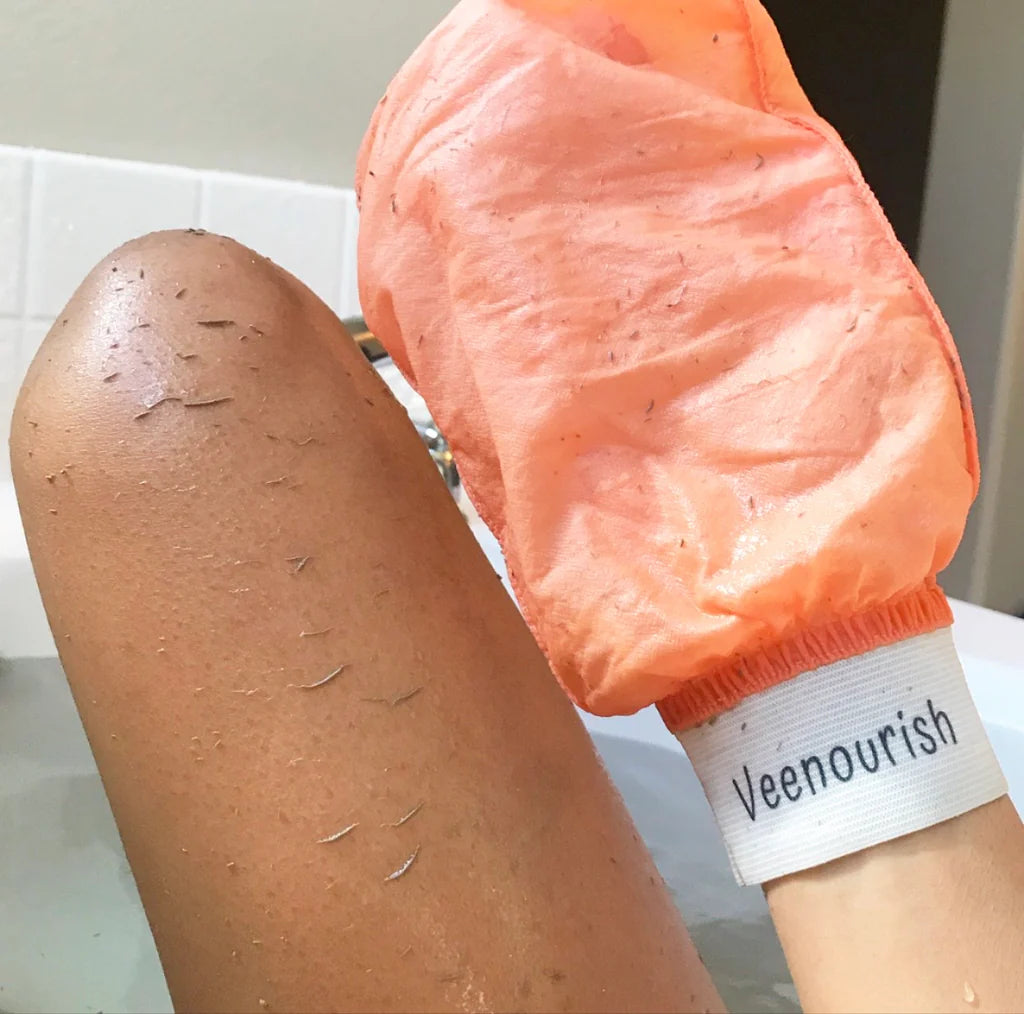
If you prefer the feeling of physically removing dead skin cells, the exfoliating gloves below are an excellent option. These gloves are made from 100% plant silk and they gently buff away dead skin
What's crazy is that you'll actually be able to see the dead skin come off every time you use it, just look at the pictures above. And, they leave your skin feeling so smooth.
How To Use The Glove?
- Immerse skin in a steam bath or take a warm shower for 5-10 minutes to open pores and to prepare skin for easier exfoliation.
- Wet the glove with warm water and test a small area first to see if the skin easily lifts away. If not, more steam/soak time is needed.
- Use back and forth strokes to exfoliate one section at a time. Do not use soap, the glove relies on direct friction with the skin. Be gentle to avoid skin irritation.
- Hand wash your glove with soap after each use and hang it to dry.
How Often Should You Use It?
Use exfoliating glove once a week for better results.
Exfoliating Glove Benefits

- Removes dead skin cell
- Unclogs pores
- Softens and smooths the skin
- Promotes efficient circulation and skin cell turnover
- Brightens the skin
- Fights acne
- Helps reduce the appearance of scars and dark spots
- Helps with keratosis pilaris
- Self tan prep/remover
- Frees and prevents ingrown hairs
- Promotes the production of collagen and elastin
- Improves the texture and feel of the skin
- Reduces the appearance of stretch marks
Is It Good For Sensitive Skin?
Exfoliating gloves are an excellent option for individuals with sensitive skin due to their gentle yet effective exfoliation. Unlike chemical exfoliants, which can sometimes cause irritation or redness, exfoliating gloves allow for better control over pressure, reducing the risk of over-exfoliation. Additionally, the soft texture of the gloves minimizes friction and abrasion, making them suitable for delicate skin types.
Can You Over Exfoliate?
Yes, it is possible to over-exfoliate, which can lead to irritation, redness, dryness, and even damage to the skin barrier. Over-exfoliation occurs when the skin is scrubbed or treated too frequently or vigorously, disrupting its natural balance and protective barrier. Signs of over-exfoliation include increased sensitivity, inflammation, and a feeling of tightness or discomfort. It's important to follow instructions on how to use the glove, you should only be using it once a week.
General Exfoliation Tips
-
For Dry Skin:
- Remember to moisturize immediately after using the exfoliating glove to replenish lost moisture and prevent further dryness.
- Look for moisturizers that deeply moisturize and are natural like this herb infused healing oil.
-
For Acne-Prone Skin:
- Be extra gentle when using the exfoliating glove if you have active acne lesions, as vigorous scrubbing can exacerbate inflammation and worsen breakouts.
- Avoid using the glove on open acne pimples to prevent spreading bacteria and causing infection.
- Pair the exfoliating glove with other acne fighting products like this glow body wash.
-
For Keratosis Pilaris (KP):
- Use the exfoliating glove consistently, at least once or twice a week, to help smooth rough skin and reduce the appearance of KP bumps.
- Follow up with a natural moisturizer like the herb infused healing oil to keep the skin hydrated and soft.
-
For Oily Skin:
- Focus on gentle, circular motions when using the exfoliating glove to avoid over-stimulating the skin's oil glands.
- Consider using the glove in conjunction with oil-balancing body wash like the glow body wash or this detox toner to help control excess sebum production. Both can be used on face & body.
-
For Sensitive Skin:
- Use the exfoliating glove with caution if you have sensitive skin, as aggressive scrubbing can lead to irritation and redness.
- Start with light pressure and increase intensity gradually as tolerated, and discontinue use if you experience any discomfort or adverse reactions.
- Remember to moisturize after, we recommend the herb infused healing oil especially for those with sensitive skin.
